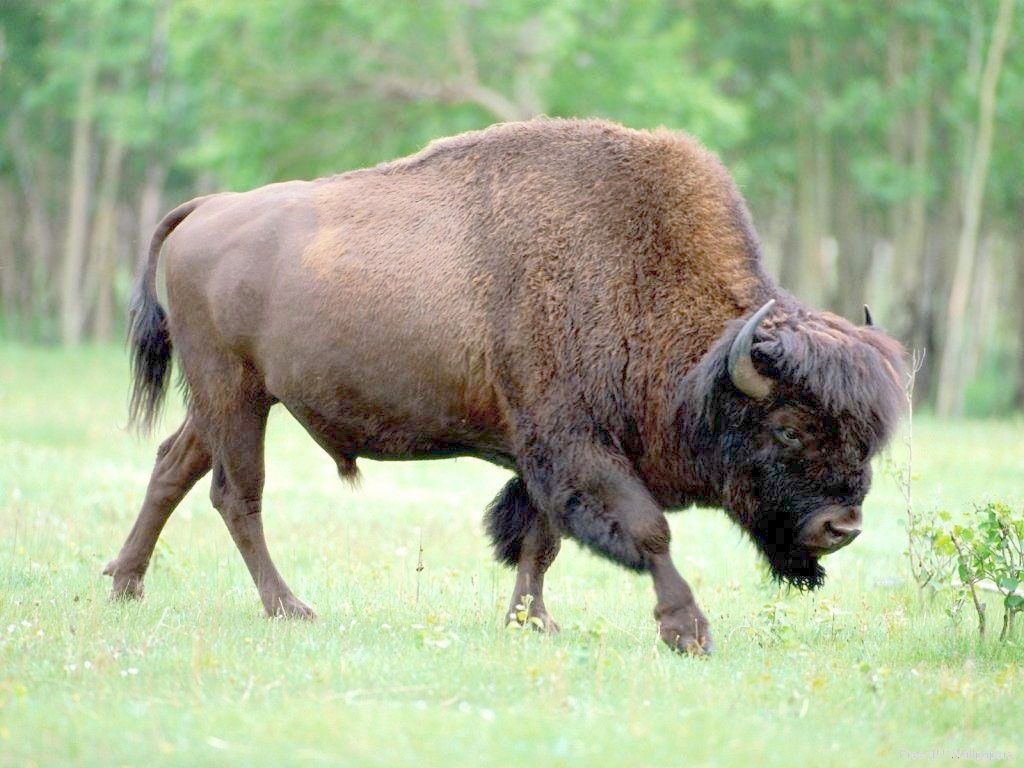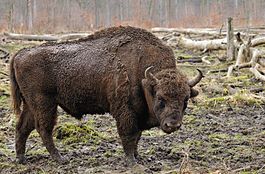Characteristics of the Amur tiger
In 1948, 63 years ago, scientists around the world created the International Union for Conservation of Nature. On the instructions of this union, zoologists, botanists, and ecologists began to study which plants and animals of the planet should be helped first. Made lists. Then the lists were published in book form. They called it the Red Book of Facts. This was the first Red Book.
Why was the book called Red? Red color is a danger signal
In 1966, the International Red Book was published in a very unusual form. She seems to be calling on all people: plants and animals are in trouble, help them! That is why she is “dressed” in red binding. This book is kept in the Swiss city of Morges. Its pages are multi-colored.
The red pages contain those who may disappear in the coming years and who cannot be saved without special protection and restoration measures.
The yellow pages list animals whose numbers are still large, but are steadily declining.
The white ones speak of species that are generally rare on Earth.
The green ones are about species that humans have already managed to save.
Animals listed on gray pages are still little studied.
Since that time, similar “Red Books” began to be published in many countries around the world, although only the binding remained red. The information presented in the Red Book is not only a compilation of data on the state of animal and plant species, but also a guide to their rescue, preservation and increase for future generations.
The Red Book contains data on the abundance and biology of species, as well as brief information on the measures taken and necessary to protect a particular animal or plant.
Listing any species in the Red Book means that it needs protection.
As new information becomes available, the sheets of the Red Book are updated and replaced. If a species is steadily recovering its numbers and the threat of its extinction has passed, it may be deleted from the Red Book.
The Khabarovsk Territory has its own “Red Book”, which is an official document containing a set of information about the status, distribution and measures to protect rare and endangered species (subspecies, populations) of wild animals, wild plants and mushrooms living or growing in the Khabarovsk Territory.
Amur tiger: characteristics of the species. Historical excursion
The Amur tiger is one of the rarest representatives of the world fauna. As an object of the first category of threat of extinction, it is included in the Red Books of the International Union for Conservation of Nature and Russia, and is included in Appendix II of the Convention on International Trade in Endangered Species of Wild Fauna and Flora (CITES).
The tiger's habitat is concentrated in a protected zone in the southeast of Russia, along the banks of the Amur and Ussuri rivers in the Khabarovsk and Primorsky Territories; in total in Russia in 1996 there were about 415 - 476 individuals. About 10% (40 - 50 individuals) of the Amur tiger population lives in China. Amur tigers are most common in the foothills of the Sikhote-Alin, where every sixth wild Amur tiger lives in a relatively small area. It is planned to resettle Amur tigers on the territory of the Pleistocene Park in Yakutia.
The tiger is a large predatory mammal of the cat family, orange-yellow with black stripes.
According to modern data, the Amur tiger is one of the largest subspecies. The fur is thicker than that of tigers living in warm areas, and its color is lighter. The main coat color in winter is yellow, the belly is white. This is the only tiger that has a five-centimeter layer of fat on its belly, protecting it from the freezing wind at extremely low temperatures.
He arranges temporary beds directly on the snow and can stay on them for several hours - this adaptability to frost is unique and characteristic only of the Amur subspecies of the tiger. The body is elongated, flexible, the head is round, the legs are short, and the tail is long. The ears are very short, as it lives in cold areas. The Amur tiger has binocular vision and can also distinguish colors. At night he sees five times better than a human.
The fate of the Amur tiger is dramatic. In the middle of the 19th century it was numerous. At the end of the 19th century. Up to 100 animals were hunted annually. In the thirties of the last century, the tiger was occasionally found only in the most remote corners of the Ussuri taiga, difficult to reach by humans.
The Amur tiger is on the verge of extinction due to unregulated shooting of adult individuals, intensive capture of tiger cubs, clearing of forests in the vicinity of some rivers and a decrease in the number of wild artiodactyl animals caused by increased hunting pressure and other reasons; winters with little snow also had an adverse effect.
In 1935, a large and one-of-a-kind Sikhote-Alin State Nature Reserve was organized in the Primorsky Territory. Somewhat later - Lazovsky and Ussuriysky nature reserves.
Since 1947, tiger hunting was strictly prohibited; even the capture of tiger cubs for zoos was allowed only on occasion, with special permits. These measures turned out to be timely. Already in 1957, the number of Amur tigers almost doubled compared to the thirties, and by the early sixties it exceeded a hundred.
The Amur tiger is protected by the state - it is listed in the Red Book of the Russian Federation; hunting and catching tigers is prohibited. Since 1998, the federal target program "Conservation of the Amur Tiger" approved by the Government of the Russian Federation has been implemented.



No comments here yet.